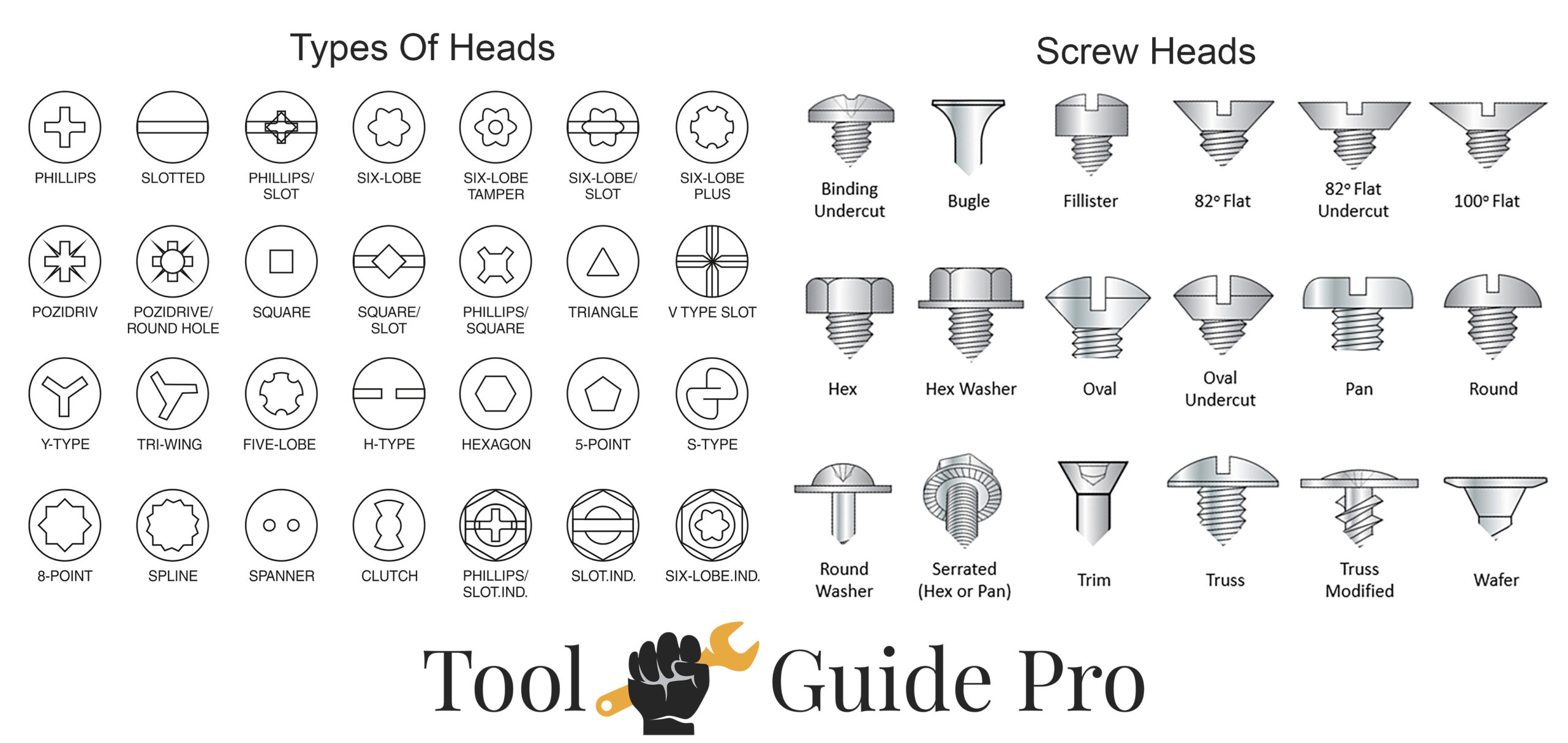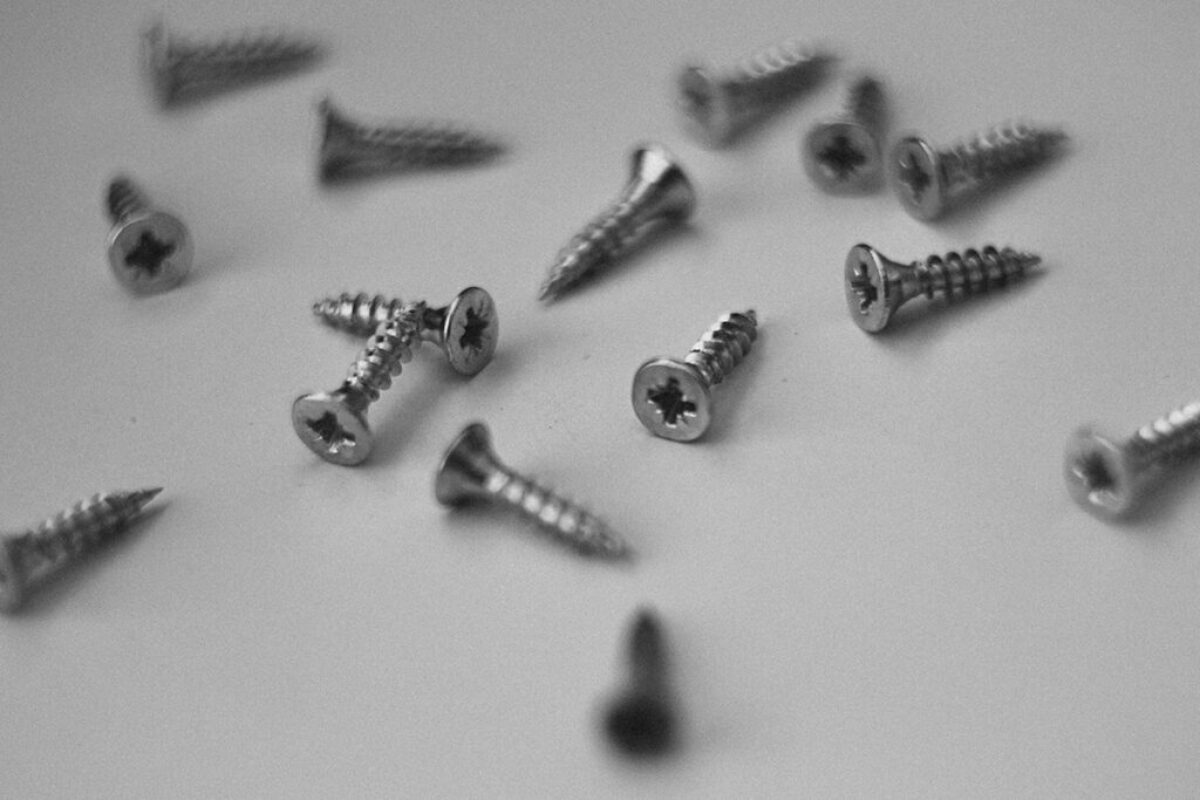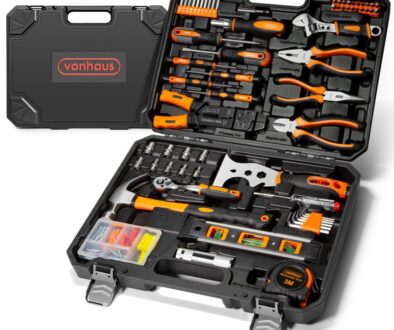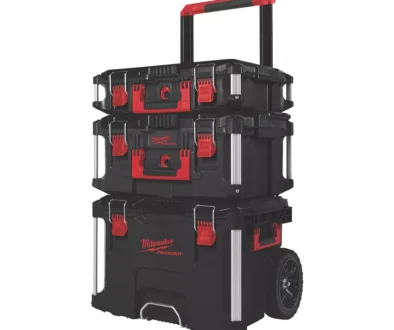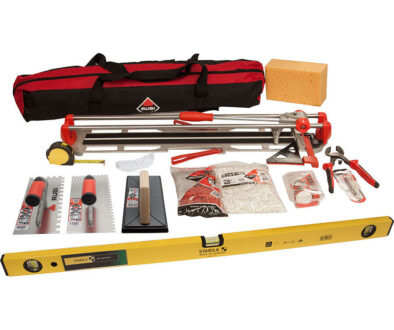Screw Head Types
Screw Head Types
The question that most people ask is why are there so many different screw head types?
There are many different screw head designs to accommodate a variety of applications, materials, and tools. The main reasons for this diversity include:
1. Functionality and Purpose
- Torque Requirement: Different screw heads allow for varying amounts of torque to be applied without damaging the screw. For example, a Phillips head is designed to “cam out” (slip out of the screw head) at a certain torque level to prevent overtightening, while a Torx head is designed to handle higher torque without slipping.
- Application Specificity: Some screws are designed for specific applications, such as wood, metal, or plastic, and their head designs reflect the needs of those materials. For example, flathead screws can sit flush with the surface, which is important for furniture or flooring.
- Ease of Use: Certain screw heads, like the Robertson (square) or Pozidriv, are designed to be easier to align with the driver, making them more user-friendly.
2. Security and Tamper Resistance
- Tamper-Proof Designs: Some screw heads, such as those with one-way slots or security Torx, are designed to be difficult or impossible to remove without the proper tool. These are often used in public areas or in electronic devices to prevent tampering.
- Proprietary Designs: Some companies create proprietary screw heads to limit who can access or service their products, often requiring special tools to remove them. This is common in electronics and automotive industries.
3. Manufacturing and Cost Considerations
- Ease of Manufacturing: Some screw heads are easier or cheaper to manufacture, influencing their widespread use. For example, slotted screws are one of the oldest designs and are relatively simple to produce.
- Tool Compatibility: Screw head designs can be influenced by the tools that are commonly available or that a company wants to promote. For instance, Torx screws have gained popularity because the tools required to drive them are widely available and affordable.
4. Historical and Regional Factors
- Historical Evolution: Over time, as new materials and technologies have emerged, so have different screw head designs. The evolution of tools and manufacturing techniques has led to the development of more efficient and specialized screw heads.
- Regional Preferences: Different regions have historically favored certain screw head types. For example, Robertson (square) screws are very popular in Canada, while Pozidriv screws are more common in Europe.
5. User Demand and Preferences
- Consumer Preferences: Some designs become popular simply because users find them easier to use or more reliable. As consumers and industries demand better performance, new screw head designs emerge to meet those needs.
In summary, the diversity in screw head designs is driven by the need to balance functionality, security, cost, and user preferences across a wide range of applications.
